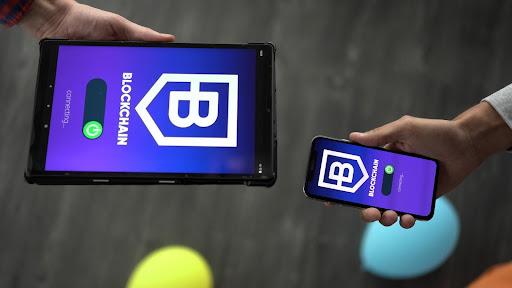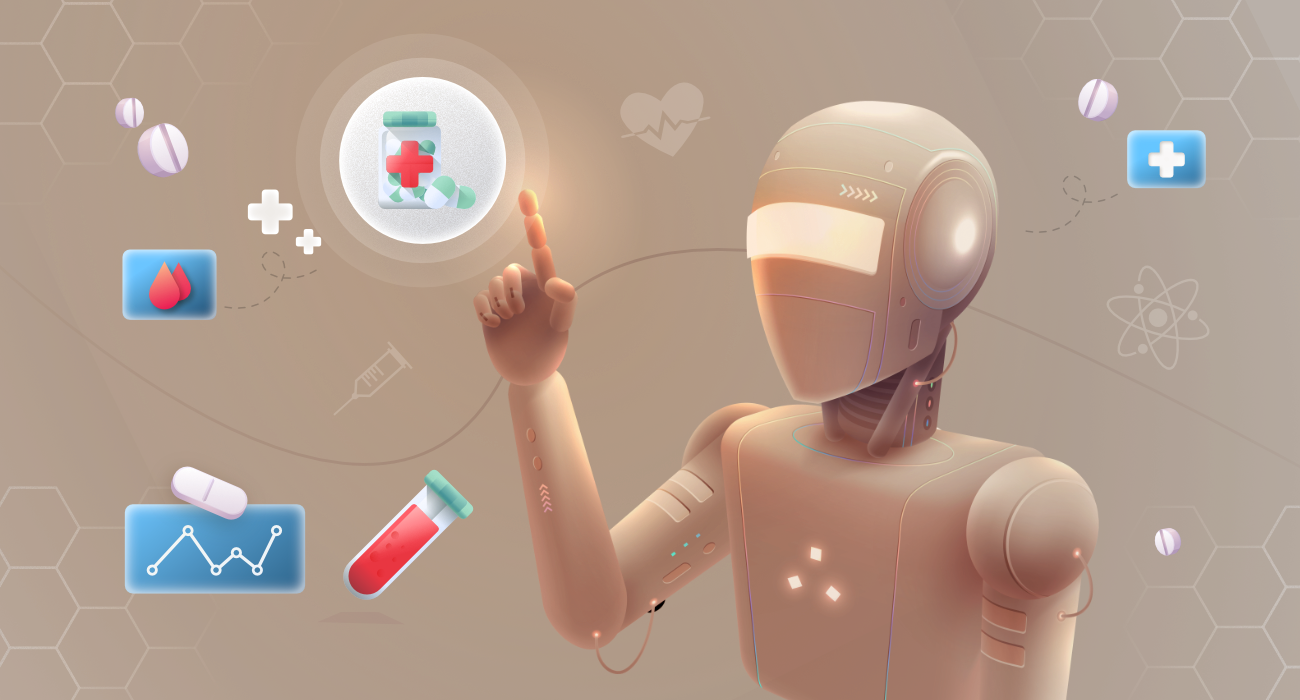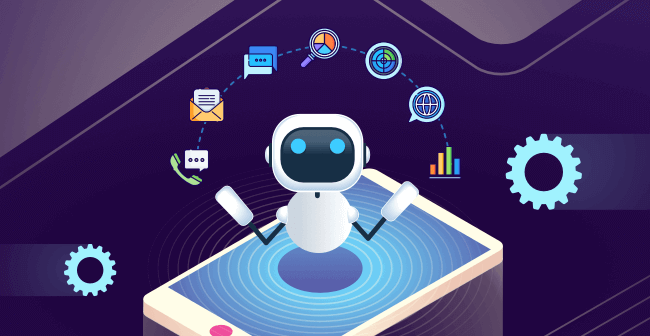Mobile and cross-platform development is a rapidly evolving field, primarily driven by the popularity of handheld devices and the need for businesses to have a presence on multiple platforms.
With more people than ever relying on mobile applications to complete daily tasks, developers must stay updated with the latest trends and best practices to ensure their applications are engaging, high-performing, and secure.
However, if you are new to this field, the sheer volume of information available can be overwhelming. To help you get started, we've compiled a list of the essential game-changers you need to be aware of and should implement to keep up with the competition.
Explore the advice below and learn how to take your applications to the next level!
Wearable Apps
One of the mobile development trends to follow in 2023 is wearable integration. With the release of new smartwatches and similar devices, profit-driven businesses have become more critical to integrating their high-traffic applications with these gadgets.
Wearables are no longer a niche market; they are becoming increasingly mainstream, with over 200 million users in 2021.
The key to successfully integrating your app with wearables is to focus on the user experience. Explicitly design the app for the small form factor of these devices and easy to use with one hand.

Additionally, try to make it as clear and concise as possible without sacrificing functionality. After all, users will interact with your app on the go.
To maximize exposure, deliver the app on all types of premium wearables. Although the Apple Watch app is a great start, remember its equivalents in the Android ecosystem, such as the Samsung Galaxy Watch and the Huawei Watch.
Progressive Web Apps (PWAs)
Progressive Web Apps are web-based applications that offer a native app-like experience. The design is such that it works offline, is responsive on all devices, and loads quickly – even on slow internet connections.
PWAs are an excellent solution for businesses that want to offer their users a native app experience without the hassle and expense of developing and maintaining separate apps for each platform.
These apps use modern web technologies like HTML5, CSS3, and JavaScript. This factor makes them relatively easy to develop and deploy, especially compared to native apps.
However, PWAs still require time and resources to ensure they meet all the necessary criteria, such as being secure, reliable, and engaging.
The benefits of PWAs are numerous. The most notable advantages include increased engagement, improved conversion rates, and reduced development and maintenance costs. Some notable Progressive Web Apps include:
- Twitter – although Twitter offers its app for all major devices, it did not stop them from releasing the universal PWA, which expands on the web version of Twitter and provides an even better user experience.
- Forbes – being one of the largest and most influential media sites on the web, Forbes decided to take advantage of the latest technologies and released their very own PWA. This led to a significant increase in sessions and engagement, improving the bottom line.
- Flipkart – India's largest e-commerce site, has a long history of experimenting with mobile devices. However, after the decrease in traffic after shutting down the mobile website and turning to an app-only approach, Flipkart decided to try out the PWA technology, resulting in a 70% increase in conversions.
- Photopea – PWAs aren't only extended versions of standard websites, and Photopea is a perfect example of that. It offers a full-blown photo editor, image creator, and an extensive library of templates, all available through the PWA you can install on virtually any device.
Blockchain Integration
Blockchain is a distributed ledger technology that enables secure, transparent, and tamper-proof transactions. It is the underlying technology behind cryptocurrencies, such as Bitcoin, and is being increasingly adopted by various industries, from finance to healthcare.
As a mobile or cross-platform app developer, you need to be aware of the potential of blockchain integration and how it can benefit your app. For example, blockchain stores data securely, track assets and enable microtransactions. It can also help to protect user data and significantly reduce the likelihood of fraud.
Although blockchain integration can be complex, its potential benefits make it worthwhile. If you are considering integrating blockchain into your app, partner up with an experienced development team with a good understanding of the technology.

Blockchain as a Sustainability Solution
Indeed, blockchain is primarily used for financial transactions and data security, but it can also be used to create a more sustainable future. One of the more prominent applications of blockchain technology is in the area of energy management.
Blockchain-enabled energy grids are becoming increasingly popular as they enable households and businesses to share energy resources without needing a centralized grid. With the rise of household power from sources such as solar panels, a central energy grid is becoming redundant. Blockchain can be a good platform for managing and distributing energy resources.
In addition, blockchain technology supports other environmental efforts more applicable to businesses. For instance, blockchain hosts and track carbon credits, enabling enterprises to reduce their carbon footprint and mitigate their climate impact.
However, at this point, such projects are only in the early stages of development. But, as blockchain technology continues to develop and more businesses adopt it, its potential for sustainability will become more evident – and being an early adopter can give you an edge in the competition.
Augmented Reality (AR)
Augmented reality is a technology that superimposes computer-generated images in the real world. It is most commonly used in mobile games, such as Pokémon GO, but is also being adopted by various other industries, from retail to education.
If you plan to keep up with the latest trends, you should learn about the potential of AR and how it enhances the user experience.
For example, you can use this technology to create interactive experiences, such as product demonstrations and educational simulations. Alternatively, you could use it to provide contextual information, such as turn-by-turn directions, and to gamify the user experience.

A staple example of how to use AR for marketing purposes is the Google Maps app. It offers an augmented reality mode that gives users turn-by-turn directions by superimposing virtual arrows on their natural environment, highlighting interesting landmarks and other points of interest.
Indeed, AR apps only apply to some businesses, but if you think they could benefit your application, plenty of resources are available to help you get started.
IoT Apps
The Internet of Things (IoT) is a network of physical devices, vehicles, home appliances, and other items connected to the internet and can collect and exchange data. IoT mobile apps control and monitor these devices.
The Internet of Things has the potential to revolutionize the way we live and work. Many companies use it to increase efficiency, reduce costs, and improve safety. IoT mobile apps play a vital role in this ecosystem, enabling users to control and monitor their devices remotely.
To take advantage of the opportunities, IoT presents, ensure your app is designed specifically for this purpose. IoT apps must handle large amounts of data, be highly reliable, and offer a great user experience.
It would be best if you made them as simple as possible regarding integration. Most users won't be as tech-savvy as you are and will need a straightforward way to connect their devices and get started.
Since connectivity issues are one of the main pain points for IoT users, you should also ensure your app minimizes frustration.
Cloud-based Services
Cloud computing is an increasingly popular technology that enables users to store and access data remotely without needing physical storage devices.
At this point, only some businesses take advantage of cloud-based services somehow. However, this technology enables companies to reduce costs, improve efficiency, and streamline operations.
And so, the question is not if you should use cloud-based services in your mobile or cross-platform development projects but rather how.
From a developer's perspective, the main benefits of using cloud computing are scalability and reliability. Cloud-based services are designed to handle large amounts of data and can be scaled up or down based on demand, enabling your application to offer more features without additional hardware. This is desirable for businesses that rely on customer data and handle large traffic volumes.
The shift to cloud-based services can also be noticed in traditional software development – more and more applications that don't require dedicated hardware or software are being developed and deployed in the cloud.
Artificial Intelligence
With the release of ChatGPT, there was a significant shift in how people think about AI and its applications. Although it is only a Large Language Model (LLM) based on previously available GPT3, people still develop new ways to utilize its potential. For example, now you can find it used to outline SEO strategies, generate product descriptions, or create original content.
But AI is about more than just generating text or predicting outcomes. Each AI app has its purpose – it performs a variety of other tasks, from recognizing faces and objects to providing personalized recommendations.
It is a huge advantage for companies to provide customers with personalized services, and AI is the best way.
AI-Powered Chatbots
Your customers need a fast answer to their questions; chatbots are the best way to provide it. They handle customer inquiries quickly and accurately, offering an effortless user experience.
The immense benefit is that you can provide 24/7 customer support without hiring additional customer service staff – the AI does all the work.
Automated Business Intelligence
AI-powered business analytics can help you make better decisions and automate and streamline processes. With accurate data analysis and insights available in real time, you can identify new opportunities faster and take action when needed.
This can go as far as to completely automate specific tasks, such as data gathering and formatting, automatic reporting, or even implementing complete pricing strategies.
Big Data-based Forecasting
Operating on big data can be tedious without any parsing or analysis. AI can help you make sense of the data, provide actionable insights, and predict future trends based on past events.
This is especially beneficial for businesses that must be constantly aware of their market environment and adjust accordingly – whether changing product prices or recognizing new opportunities before they become mainstream.
Automated Testing
AI-powered automated testing is becoming increasingly popular, as it can test applications quickly and accurately. Although AI-driven testing aims to improve the quality of IT-related products and services, it also has uses in other industries.
For example, AI-driven automated testing can test users' behavior with different versions of the same page (A/B testing) or analyze user comments and reviews to identify potential problems.
In Conclusion
As a mobile or cross-platform developer, you must stay updated with the latest trends and best practices to ensure your applications are engaging, high-performing, and secure. The options are endless, from wearable integration to augmented reality or blockchain.
Of course, you can't implement all of these trends overnight – nor should you try to. So instead, focus on those most relevant to your target audience and business goals. By doing so, you'll be able to create a competitive advantage and ensure your app is successful in the long run.
The trends and advice outlined above will help you get started, but remember to keep an eye on the latest developments in the mobile and cross-platform world. Things change quickly in this industry, so staying ahead of the curve is essential. Good luck!















Leave a Reply